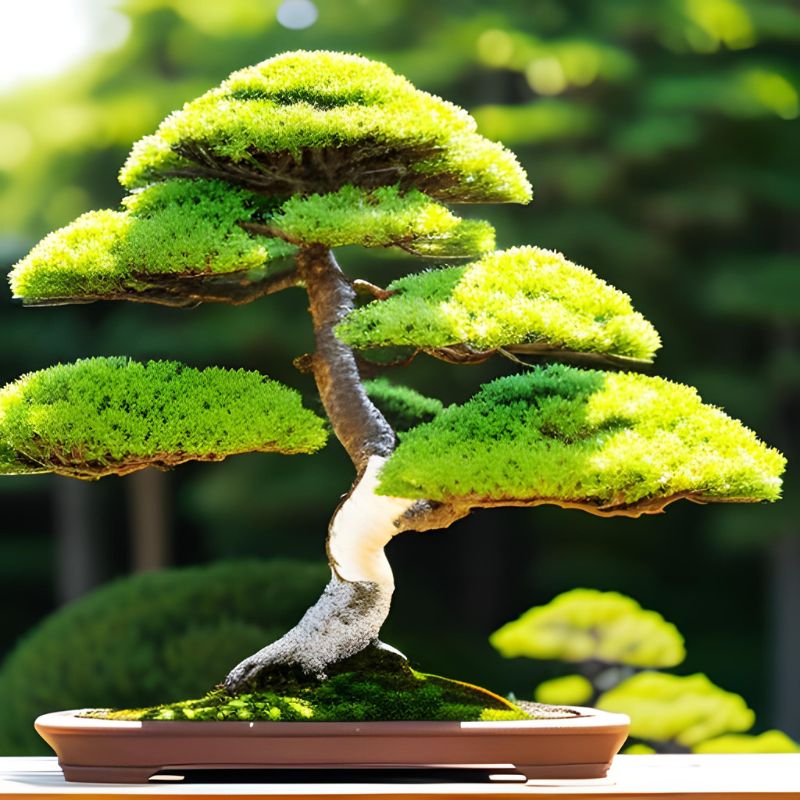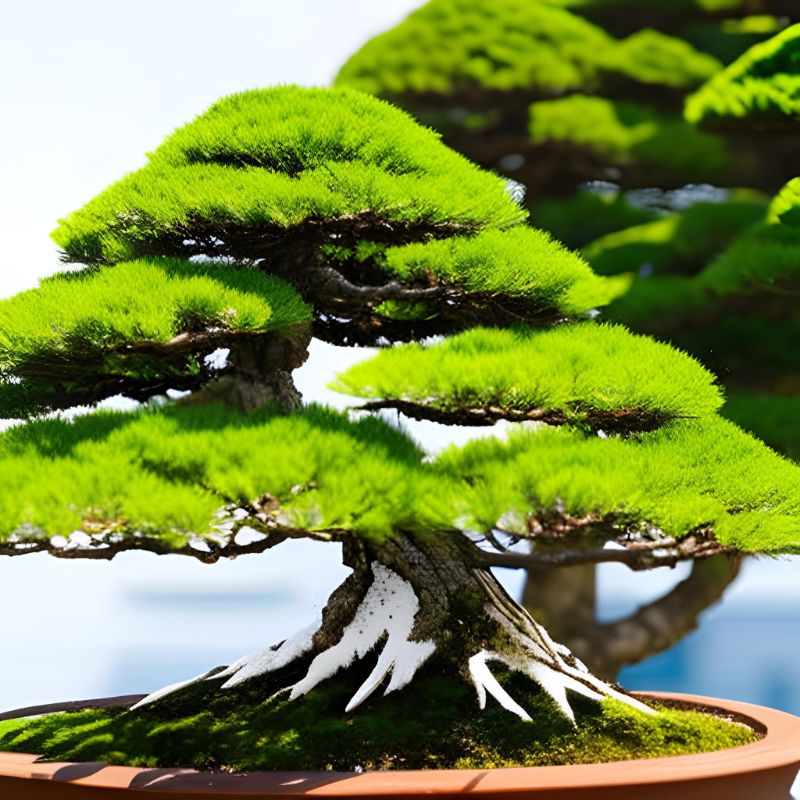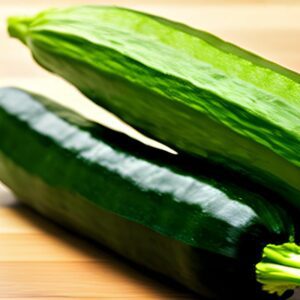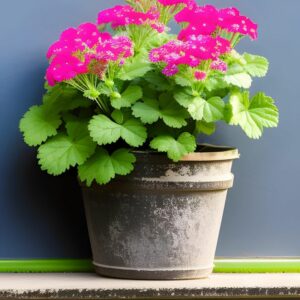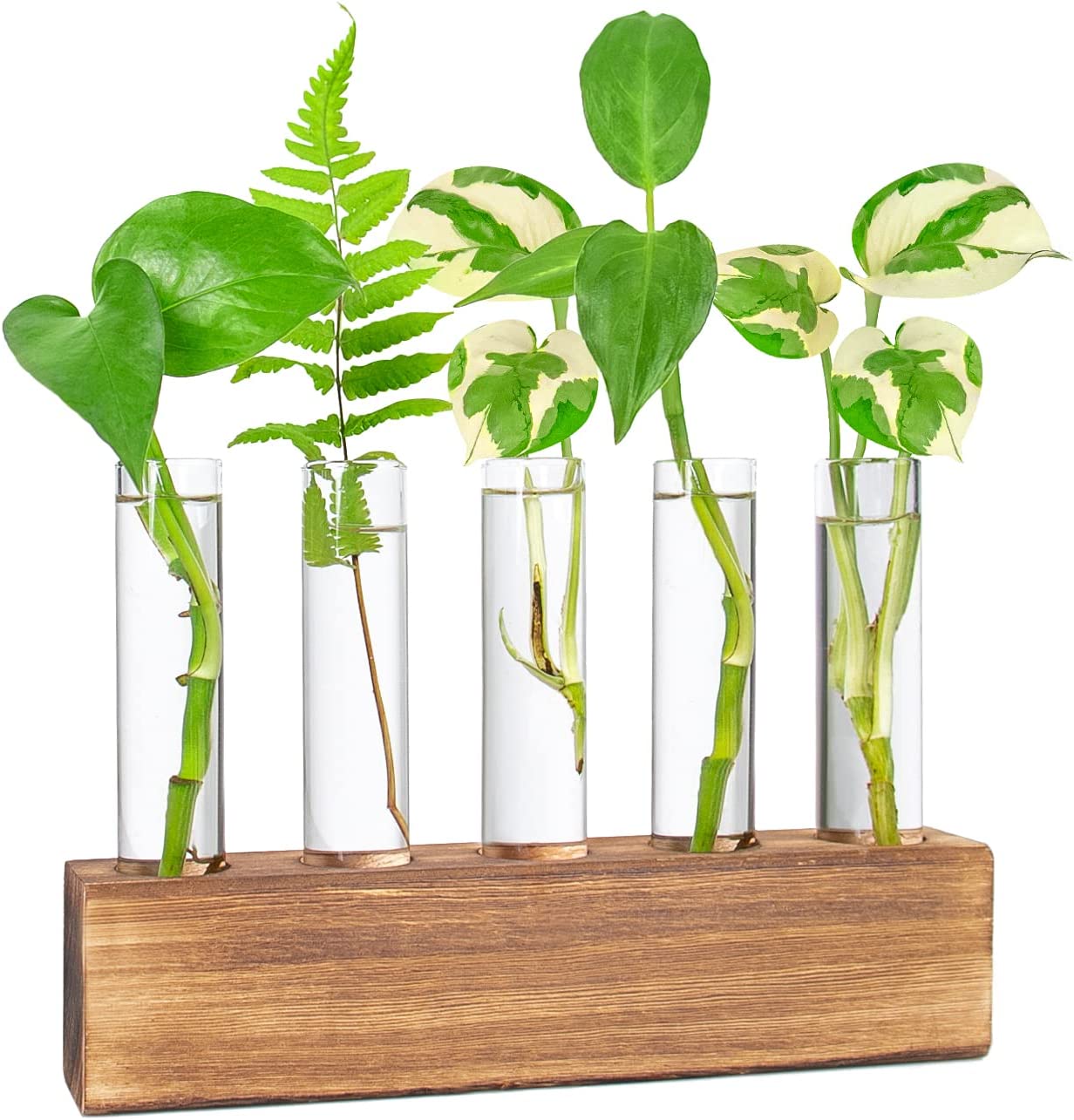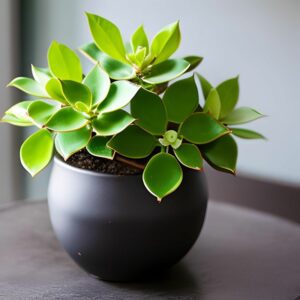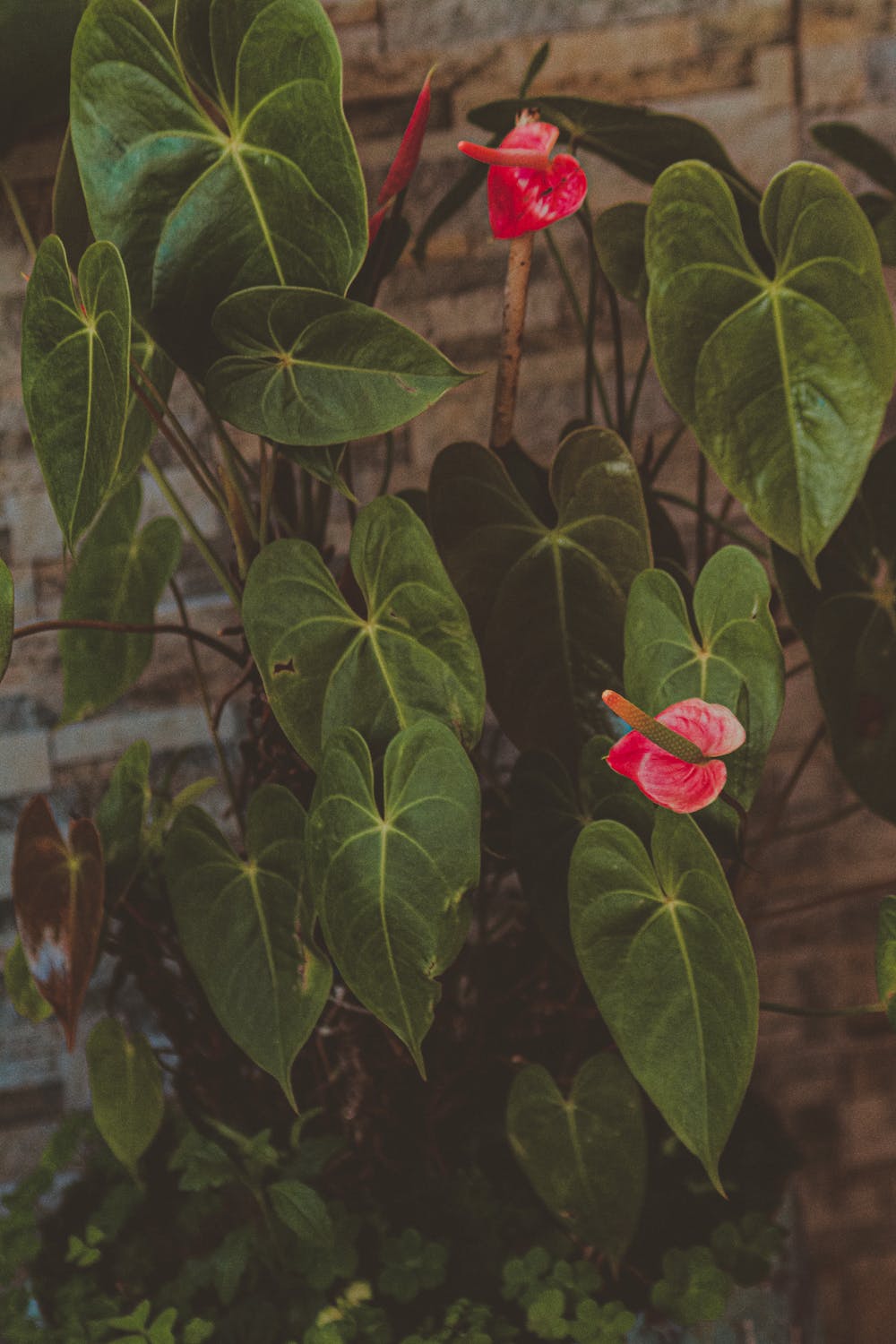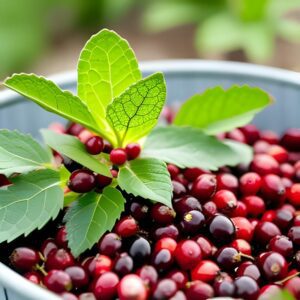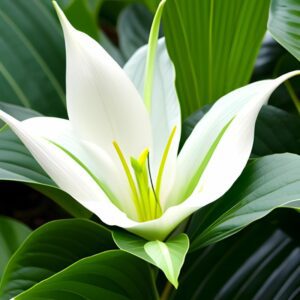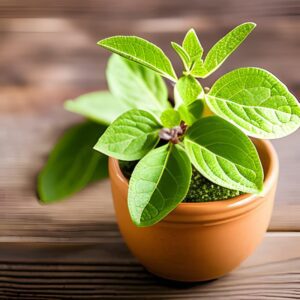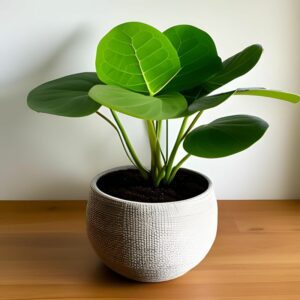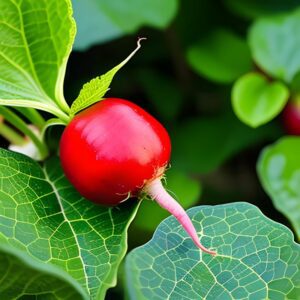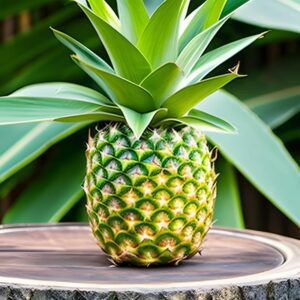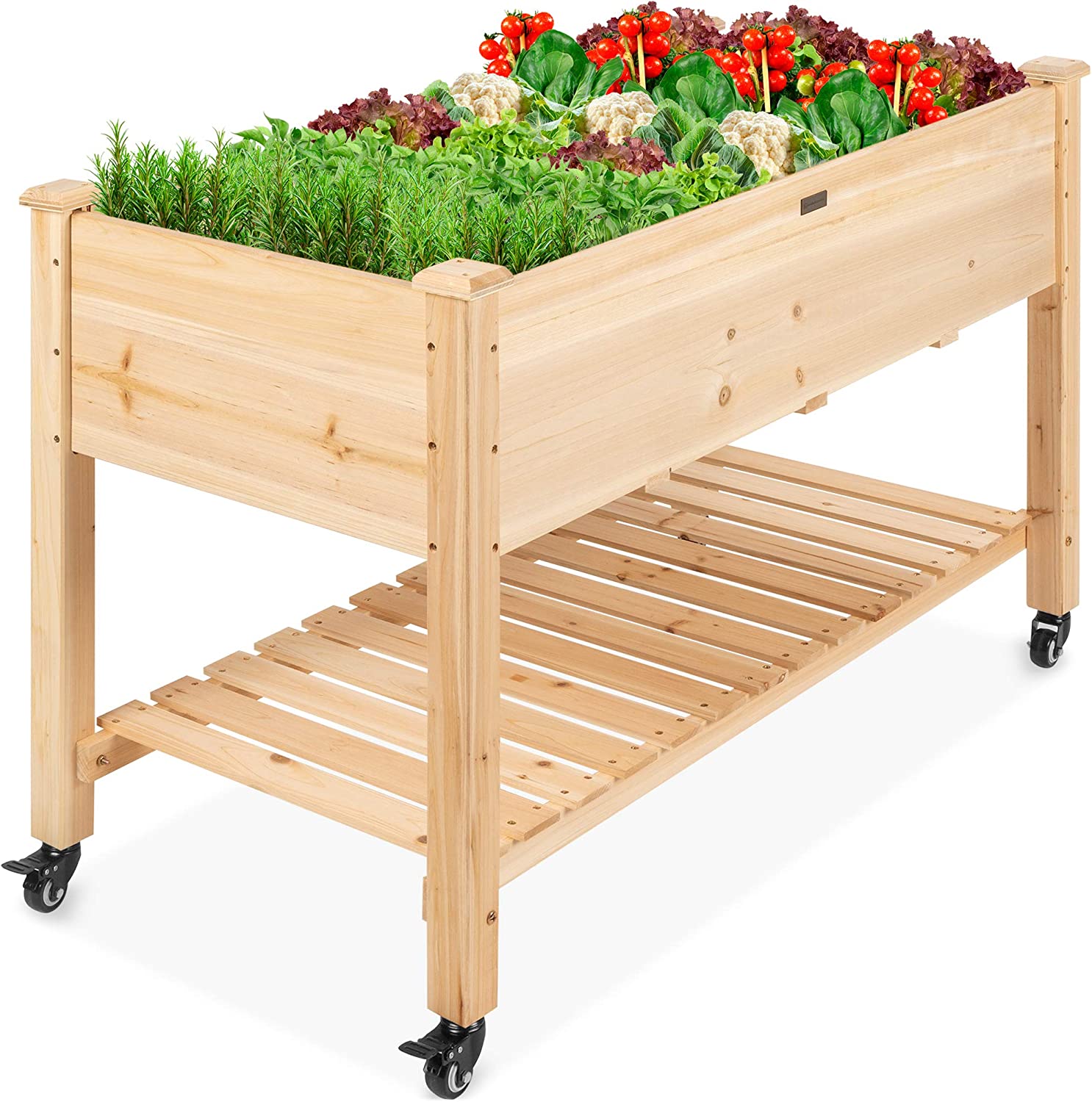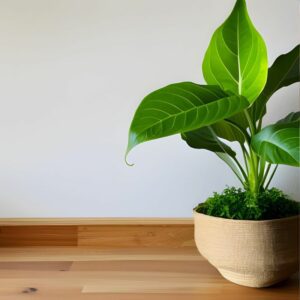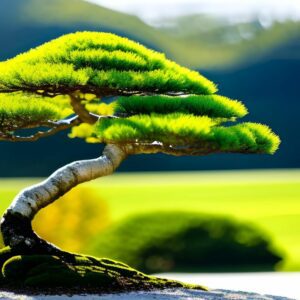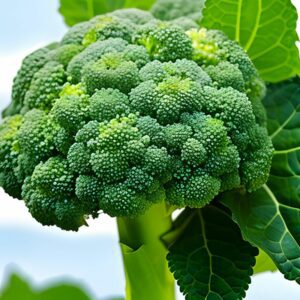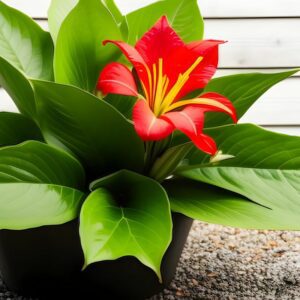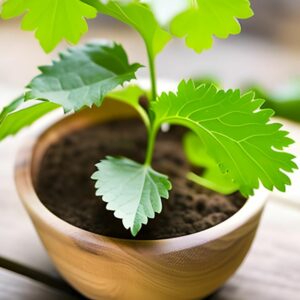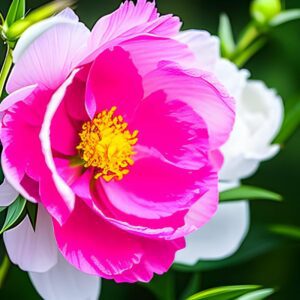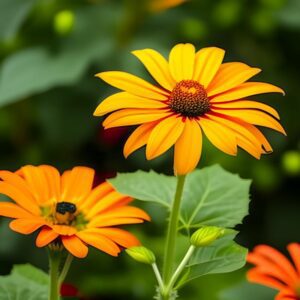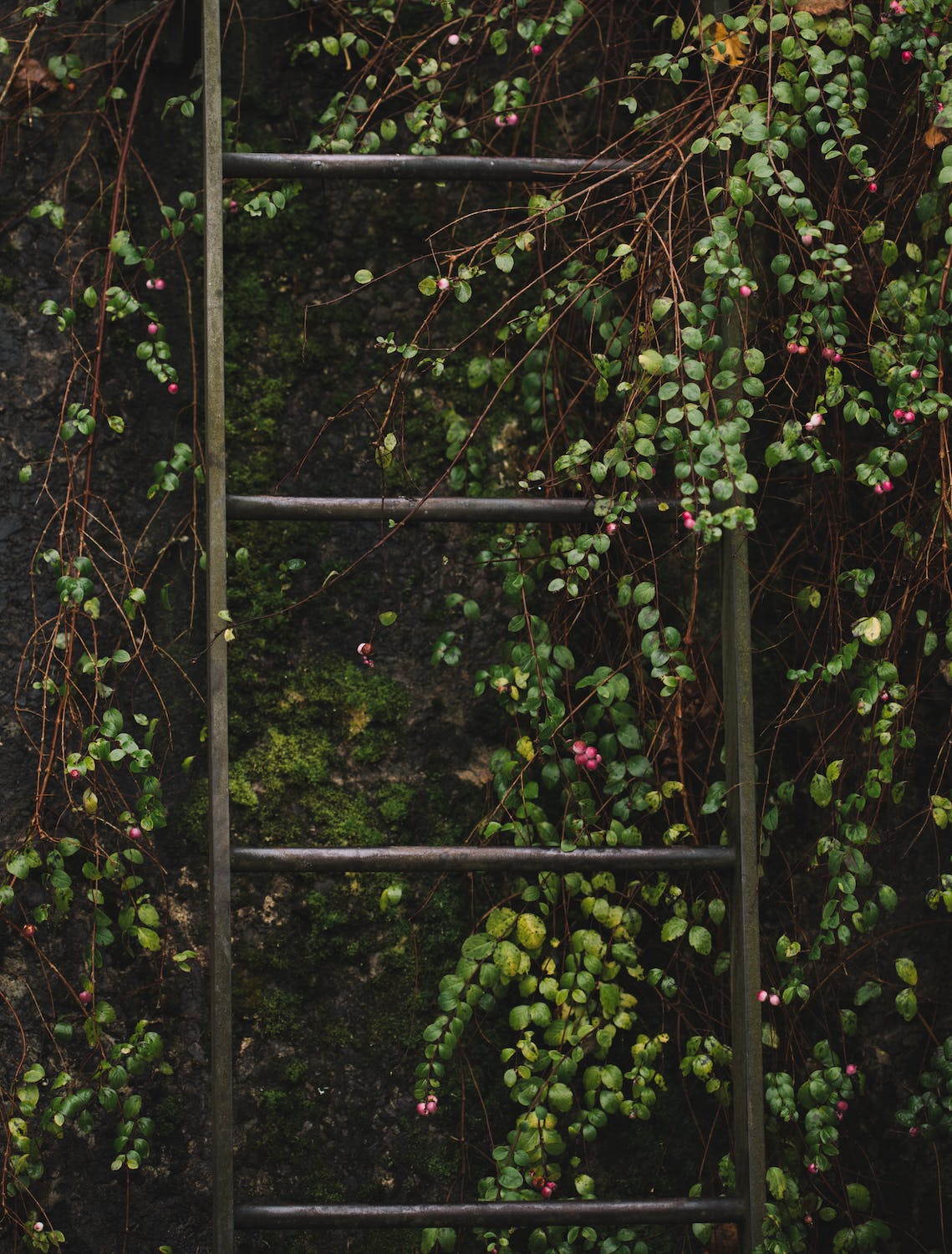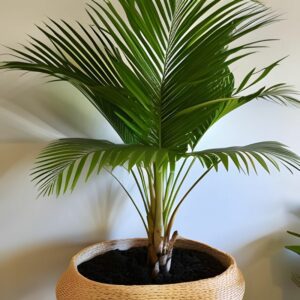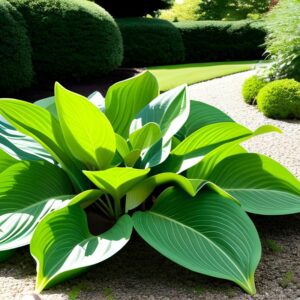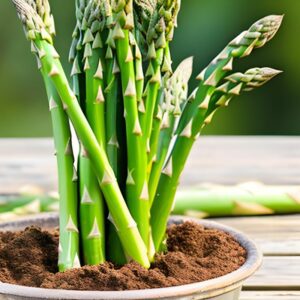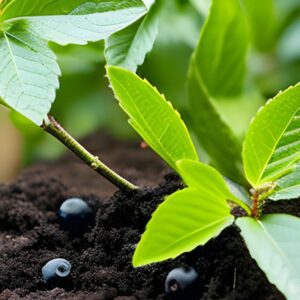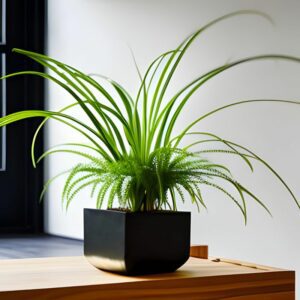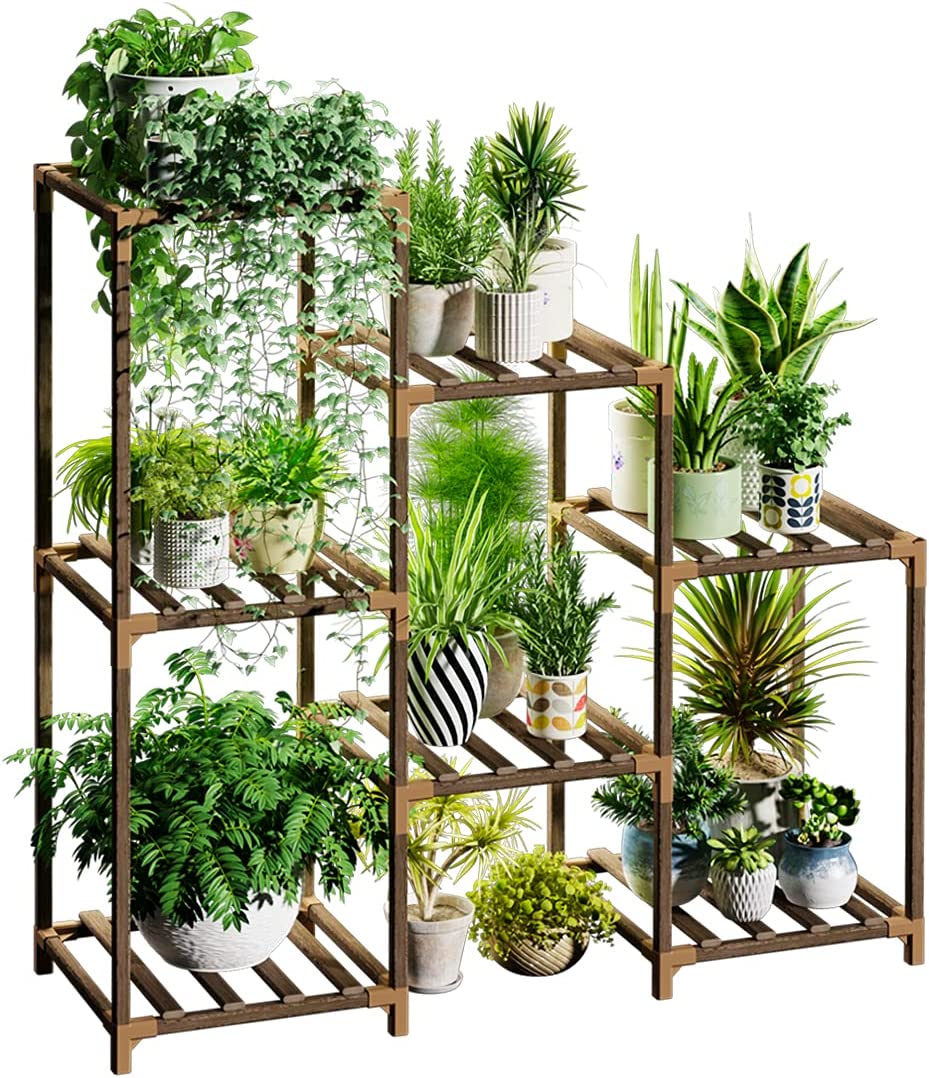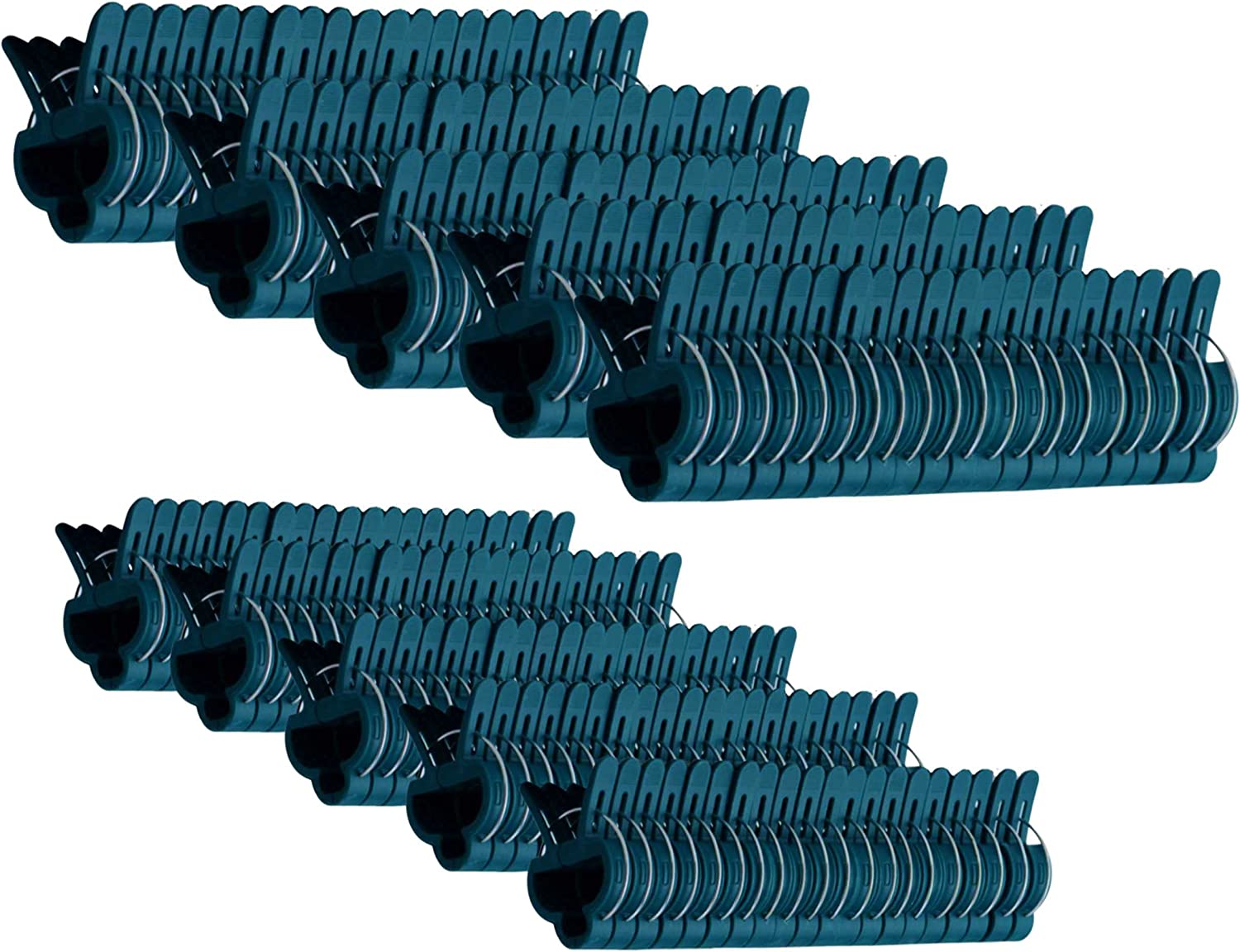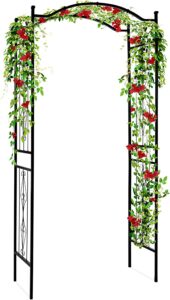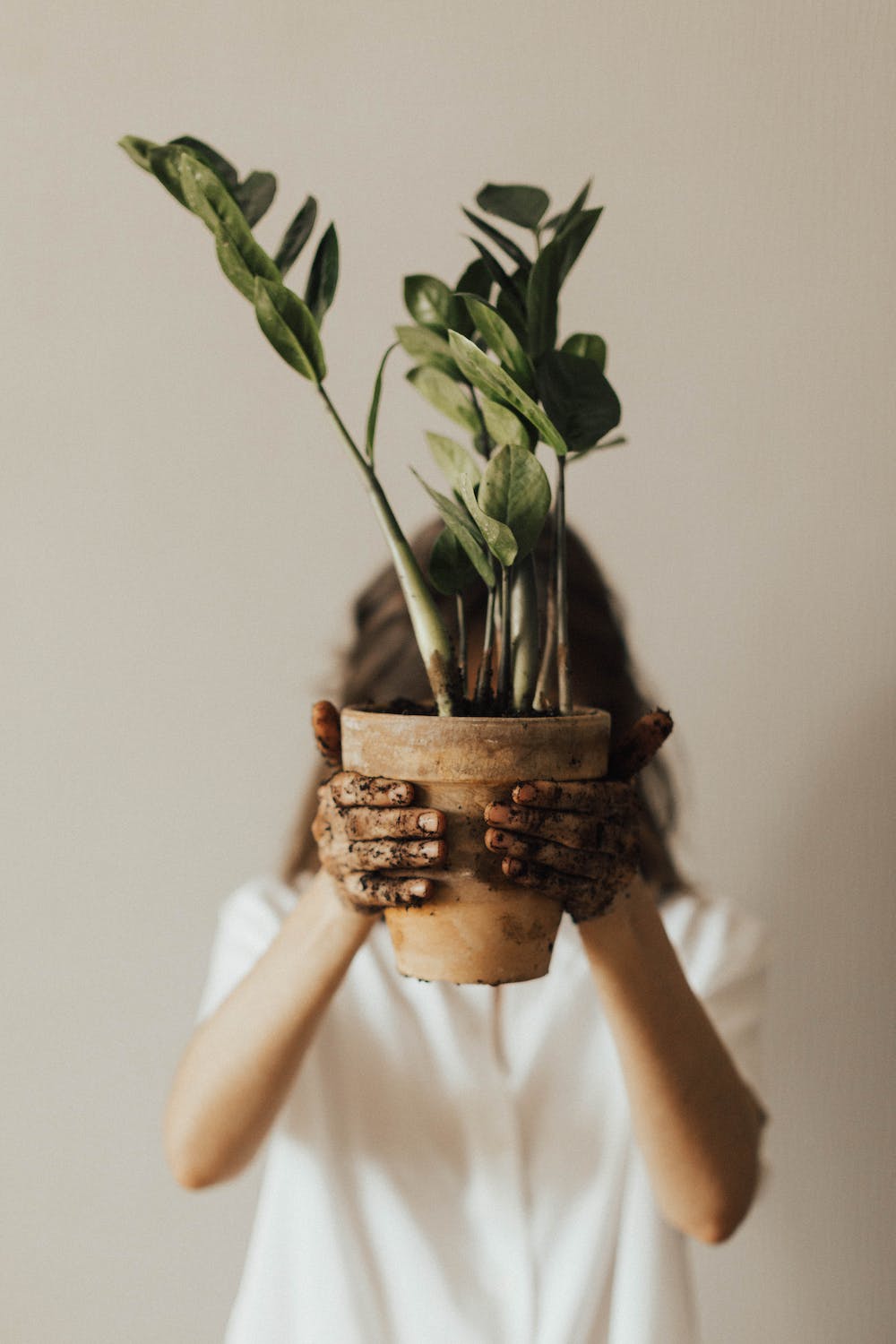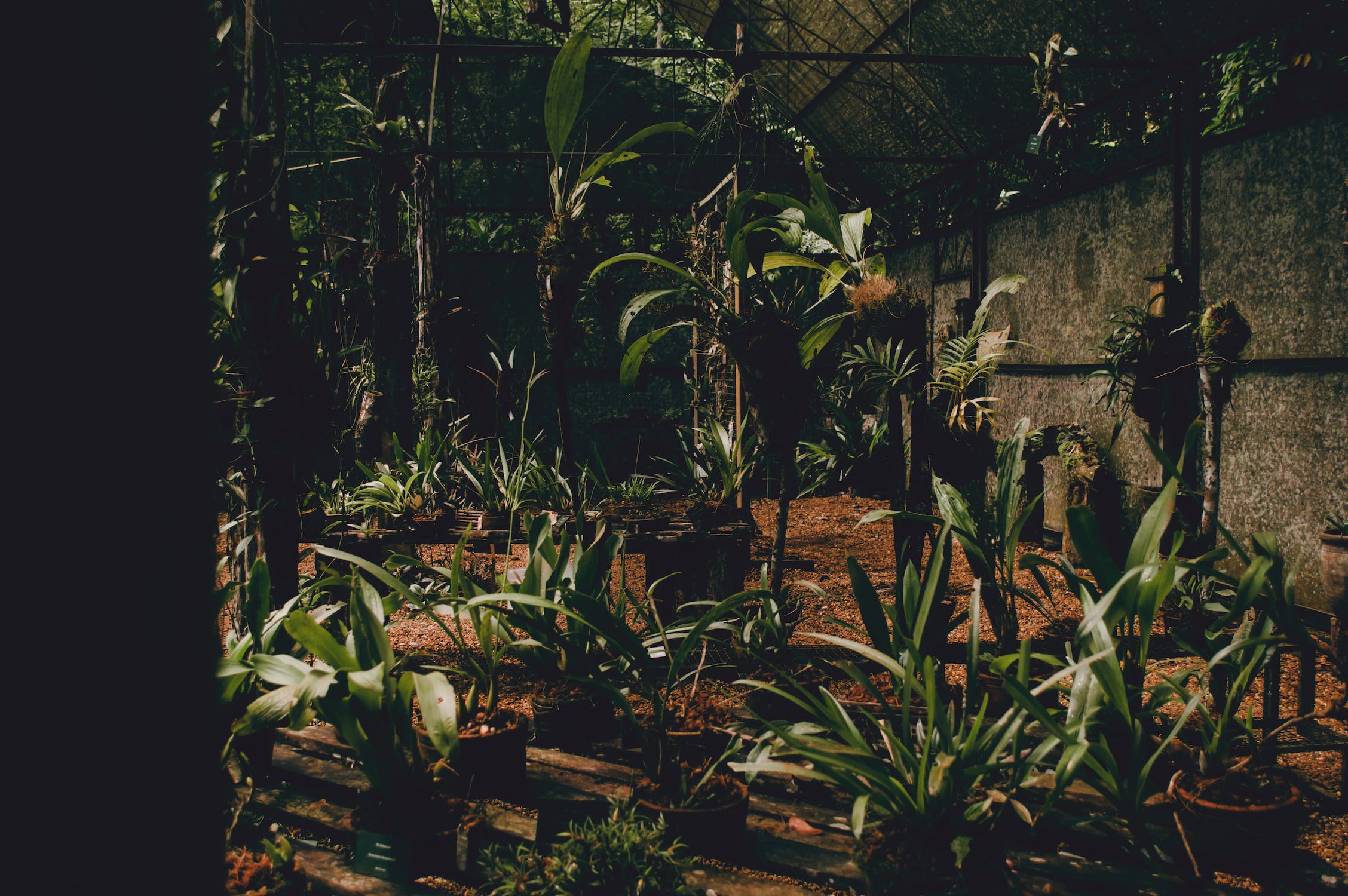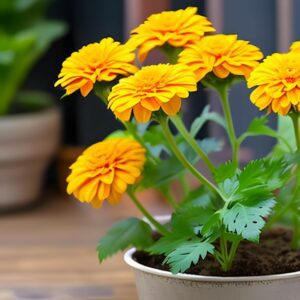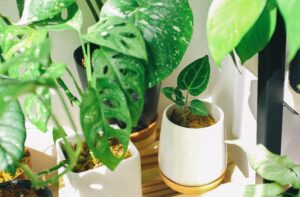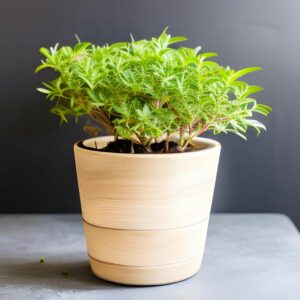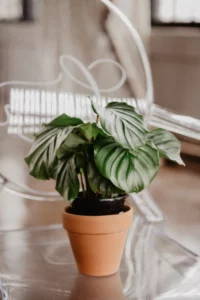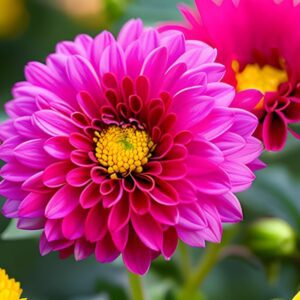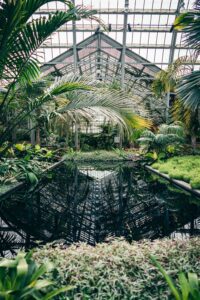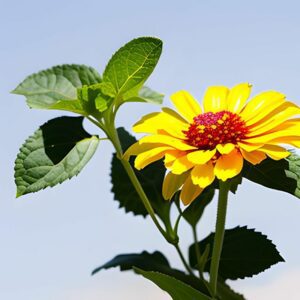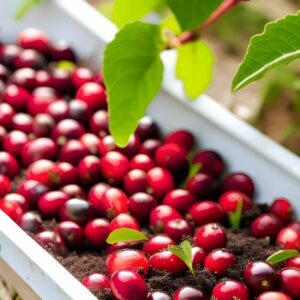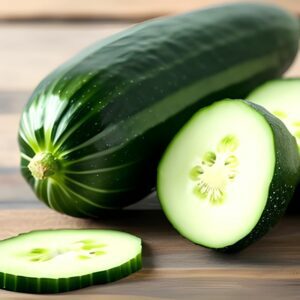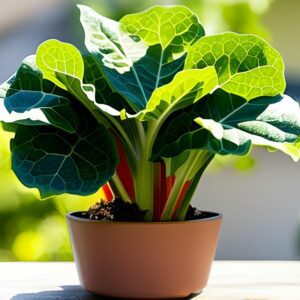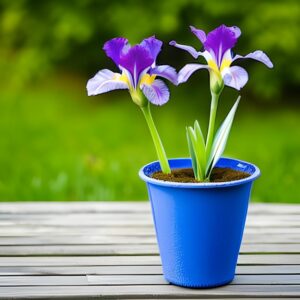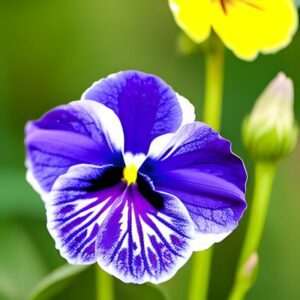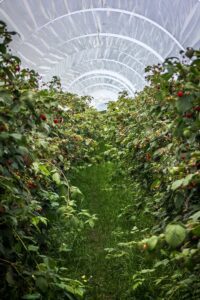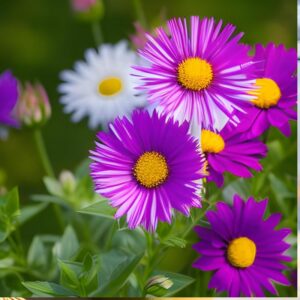Bonsai Tree
House Plants
- Japan & China
- Challenging
- 10+ Years
Introduction
Bonsai trees are miniature trees that have been cultivated and trained to mimic the shape and proportions of full-sized trees. They originated in China and Japan and are admired for their artistic beauty and symbolism. Bonsai trees are often considered a meditative and patience-testing hobby that requires dedication and attention to detail.
Plant Characteristics
Bonsai trees can be various tree species, such as juniper, pine, maple, or ficus. They are carefully pruned and shaped to create a desired aesthetic form. Bonsai trees have a small stature, with their roots and branches meticulously styled to achieve balance and harmony.
Ideal Growing Conditions
Bonsai trees have specific environmental requirements to thrive. They typically prefer bright but indirect sunlight, as direct sunlight can scorch the leaves. Temperature preferences vary depending on the species, but most bonsai trees thrive in moderate temperatures ranging from 60-75°F (15-24°C). Adequate humidity levels and good air circulation are also crucial for their well-being.
Planting Guide
Select a bonsai tree species suitable for your climate and experience level. Use well-draining bonsai soil or a mixture of potting soil, sand, and perlite. Choose an appropriately sized bonsai pot that allows for proper root development and drainage. Position the tree in the pot, ensuring that the roots are spread evenly and not cramped.
Watering and Fertilizing
Bonsai trees require regular watering, but the frequency depends on factors such as the tree species, pot size, and environmental conditions. Water the tree thoroughly, allowing the water to soak through the soil and drain from the pot’s drainage holes. Fertilize with a balanced bonsai fertilizer according to the specific species’ needs.
Pruning and Maintenance
Pruning is a crucial aspect of bonsai care to maintain the desired shape and size. Regularly trim back branches, leaves, and roots to control growth and promote a balanced appearance. Wiring techniques can be used to shape the branches gradually over time. Bonsai trees also require repotting every 1-3 years to refresh the soil and promote root health.
Styling and Training
Bonsai trees can be styled in various techniques, including formal upright, informal upright, cascade, or windswept, to name a few. Training involves using wire to gently bend and shape branches to achieve the desired form. Patience and ongoing adjustments are necessary to guide the tree’s growth.
Dormancy and Seasonal Care
Some bonsai tree species require a dormant period during winter, where they rest and shed leaves. Adjust watering and fertilizing accordingly during this period. Protect the tree from extreme temperatures and frost if necessary.
Troubleshooting
Bonsai trees can encounter issues such as pests, diseases, or root rot. Regularly inspect the tree for signs of infestation or disease, and take appropriate measures to address them. Avoid overwatering or underwatering, as both can adversely affect the tree’s health. Seek guidance from experienced bonsai enthusiasts or resources if faced with challenges.
Fun Facts
Bonsai trees have been cultivated for centuries and hold cultural significance in Chinese and Japanese traditions. The art of bonsai involves careful craftsmanship, patience, and respect for nature. Bonsai trees can live for decades or even centuries when properly cared.

